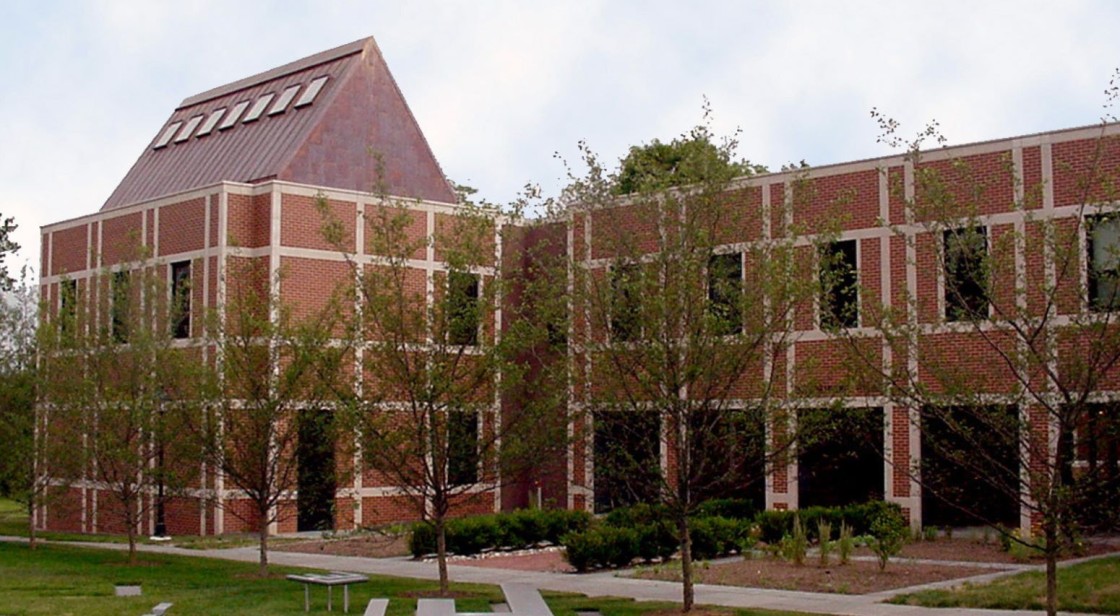On December 7, architects in the Philly region celebrated the birthday of renowned architect Robert “Bob” Geddes.
While he passed away in February of this year at the age of 99, his legacy lives on. He was one of the fathers of the Philadelphia School of Architecture, a modernist practice in the 1960s that married elements of urban planning and design and celebrated the complexities of buildings—and the humans who use them.
As the first dean of Princeton’s School of Architecture, Geddes was instrumental in reframing architecture not simply as a fine art but as a sociological and societal pursuit closely married to urban planning. He also continued his design work while shaping the architects of the mid-century, including two iconic buildings at the Institute for Advanced Study (IAS): the dining hall and the academic office building, which, with their concrete and glass facades and shared courtyard, created a light, modern space reminiscent of Le Corbusier.
Most importantly to us: Bob Geddes is the reason KSS Architects exists today.
Michael Shatken, Allen Kehrt, and Rafael Sharon, the three architects who formed KSS, met while working in the Princeton office of Geddes Brecher Qualls Cunningham (GBQC), Bob Geddes’ award-winning firm.
And though they left to start their own firm 40 years ago, our founding partners maintained close relationships with Bob, whose influence has shaped our firm’s ethos for the past four decades. The mentor-mentee relationship became a working partnership in the early 2000s, when the IAS decided to expand. Bob chose KSS, at the time a firm only 7 people strong, to submit a design for what would become Bloomberg Hall.
The result was a postmodern adaptation of his signature, almost brutalist approach, with nods to Princeton’s traditional Georgian style. More importantly, however, the building is both a physical and philosophical manifestation of the connection between individual and community, balancing private cells where scholars conduct individual research and share living room-esque spaces where they came together for tea every afternoon and shared their work.
Above all else, Bob believed in the power of the built environment to improve individual and societal circumstances. The connection between individual and community—and the power of the built environment to foster such positive relationships—is a driving principle for our firm to this day.

